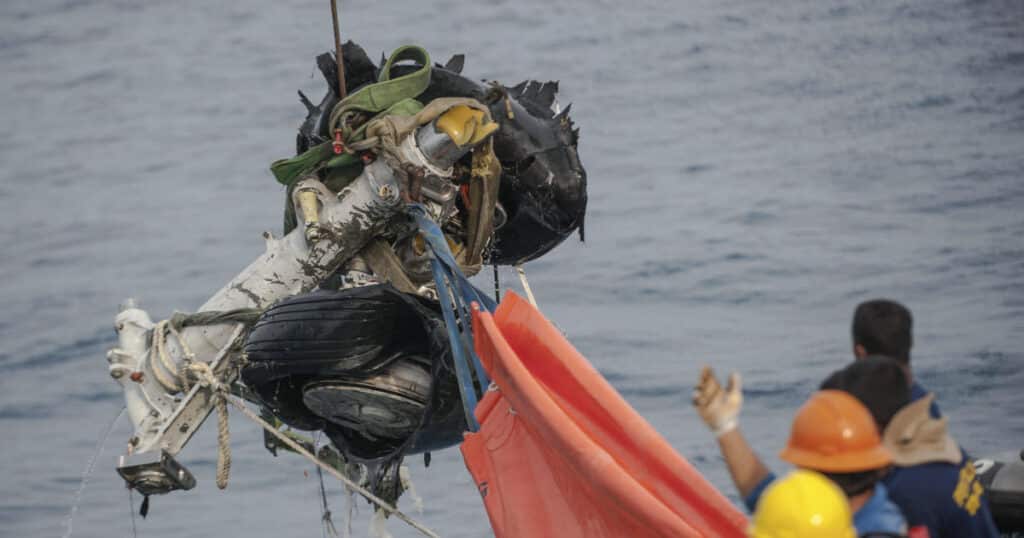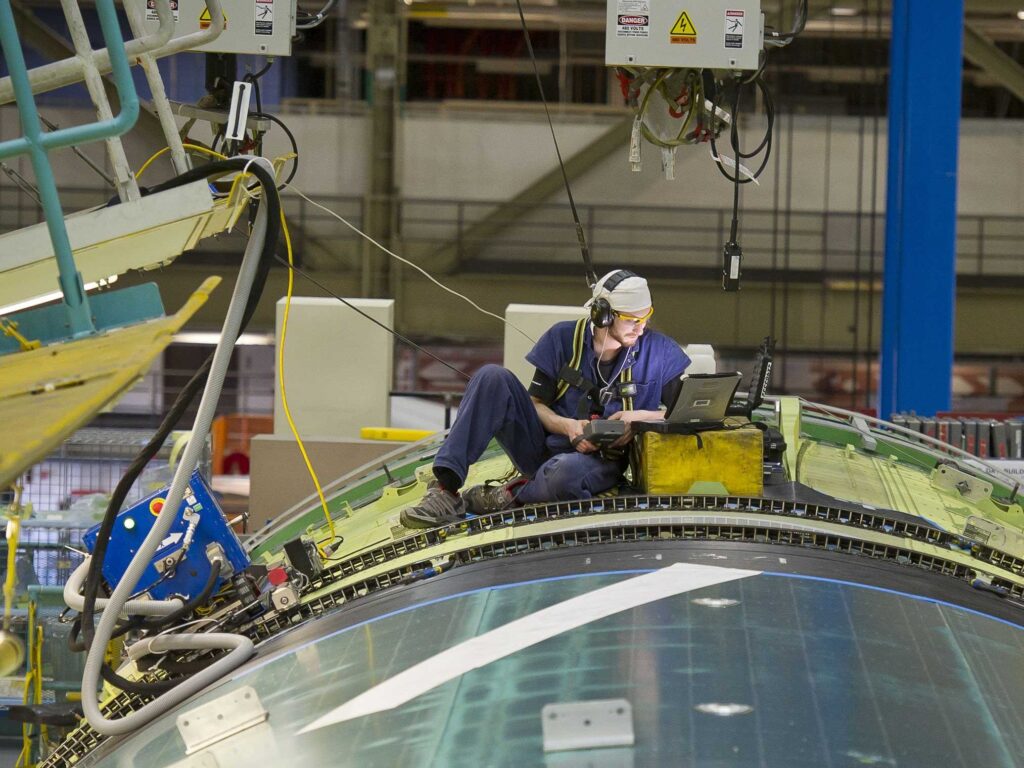There are Three Types of Winglets.
But these wingtip devices are both inspired by the wings of birds. Not sharks. Boeing just got to the correct name first. And kudos for the word Scimitar – that’s a name worthy of use in Aerospace.
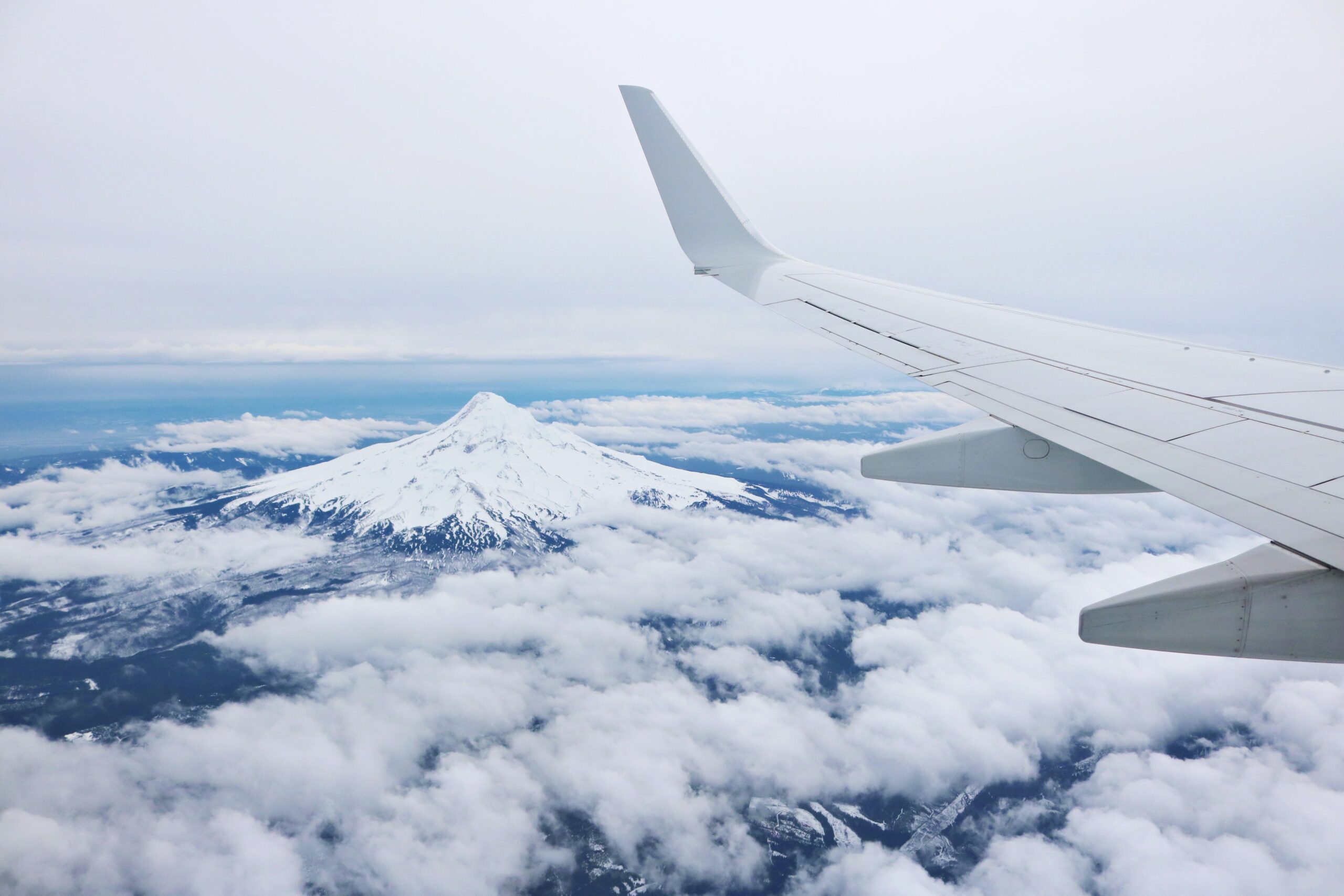
These blended winglets are the latest evolution of similar devices from the 1970’s. Both new and old and perform what some would call magic. What kind of magic do you ask?
It makes a portion of the fuel bill disappear. And that my WT friends, is winglet design magic the industry craves.
Wingtip Vortices
If you’ve sat on the new Southwest B737 Max (or United Airlines if you’re posh), when you look out the window you notice little mini winglets at the end of the main wing. You’ve seen these before, but they’ve evolved over the years. This is the designer’s never-ending search for better fuel consumption.
This article is part history lesson, part future lesson. With a sprinkling of nature thrown in. Winglets and Sharklets can also be a revisionist way to get us to #Netzero by 2050.
Drag - The Wingtip Problem
Wingtip devices are additions to the main wing structures that can extend the tip in an upward or downward direction. In the case of the Sharklet, it is both. The effect is a tiny reduction in lift-induced drag, caused by the lift performance of wingtip vortices.
The result is a reduction of drag and thus fuel burn. As fuel is 50% of the costs of flying commercial jets, this is most welcome.

pilotinstitute
Are You Ready To Take Off?
Pass the FAA Private Pilot test with flying colors. Achieve your dreams of flying an airplane.
The Oil Crisis of the 1970’s
In October 1973 we had the first oil embargo, or “shock”. Oil prices, and therefore Jet fuel prices, rose by more than 300%. The airlines at the time became unstainable overnight.
With the consumer bearing the costs it kept passengers off the seats. Fuel efficiency was always a design goal, but this became a priority. Especially for older aircraft.
Manufacturers researched all modifications that could deliver improvements to older jets. This marked the beginning of similar cycles through the decades.
There was another shock in 1979 and since then we’ve had the Invasion of Kuwait in the early 90’s and the Iraq war. Today in 2022 we have disruptions caused the Russian invasion of Ukraine. Add to this our overall goal of getting out of fossil fuel use by 2050.
If you are an Airline, the arrival of SAF, Hydrogen power or electric engines cannot come fast enough.
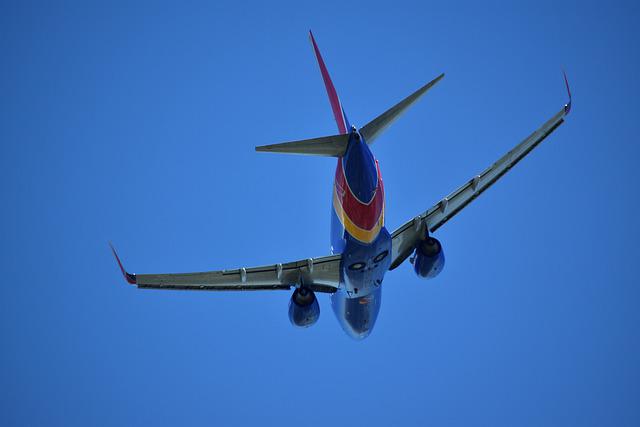
Aircraft Noise
Older, low-bypass turbofan engines were LOUD. And by loud we mean excruciating. The B707, B727 and the BAC1-11 being a few of the biggest culprits.
Engine exhaust sections were fitted with Patent devices called “hush kits”. This reduced noise and saved gallons of fuel per hour. Eventually the noise rules outlawed these engines and more efficient ones took their place.
Edge and Wake Vortices
We have an article on wing lift if you would like to understand the entirety of the wing’s generation of lift (and drag) as the aircraft is propelled forward. But simply put, the air travelling on the top of the wing is faster than the higher-pressure air at the bottom. As the air flows over the top of the wing it flows off the back of the wings. But something unusual happens air pressure at the wing tip vortex.
If you are a Formula 1 or Indy Car fan you may have seen the rear wing do something similar. An unavoidable consequence of lift are these rotating and long-lasting vortices that are dispersed behind the wing.
These Edge Vortices or wake vortices do not generate lift, but they do extract energy from the wing and thus the aircraft. Therefore, precious engine power. This energy is in the form of induced drag. And as a result, the efficiency of the flight is reduced.
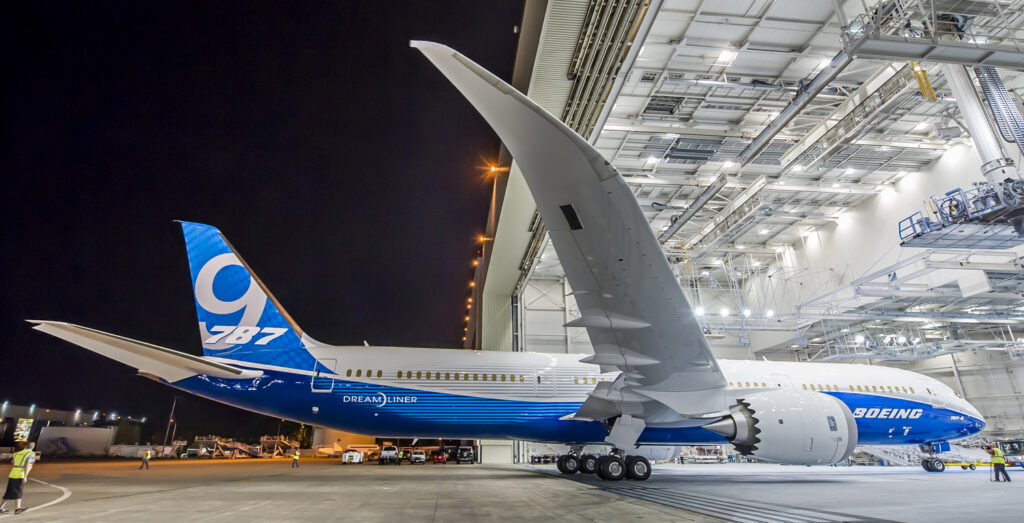
Airline Safety issues
Just to give you some idea of the size and power of these wake vortices – they are responsible for the separation of aircraft by air traffic control. Especially during take-off and landing, so that they do not adversely affect the performance of the following aircraft.
This is especially dangerous for smaller weight aircraft following larger ones. This is called the separation matrix, and this is a huge “limiter” for how many aircraft can be handled safely at large international airports.

TRAKRACER
Hone your aviation skills with these great flight simulator products from TrakRacer.
Get yourself in the sky today and feel what it’s like to be a pilot!
Inspired by Nature
Both the winglets and sharklet have copied the wings of large birds such as the albatross or swan. At the tips of these birds, the wing vertebrae are less pronounced allow the “fingers” of the wing tip feathers to be flexed.
This allows the edge vortices of the bird to be reduced by creating several vortices instead of one across slender, pointed wing tips. While aircraft wingtips are not flexible (yet) the Winglets perform the same function. The spreading or dissipating of the vortices more quickly and the entire process is more efficient.
If birds are indeed the ancestors of dinosaurs, then we can rely on this evolution. Modern engine technology is starting to copy some of these same mechanisms.
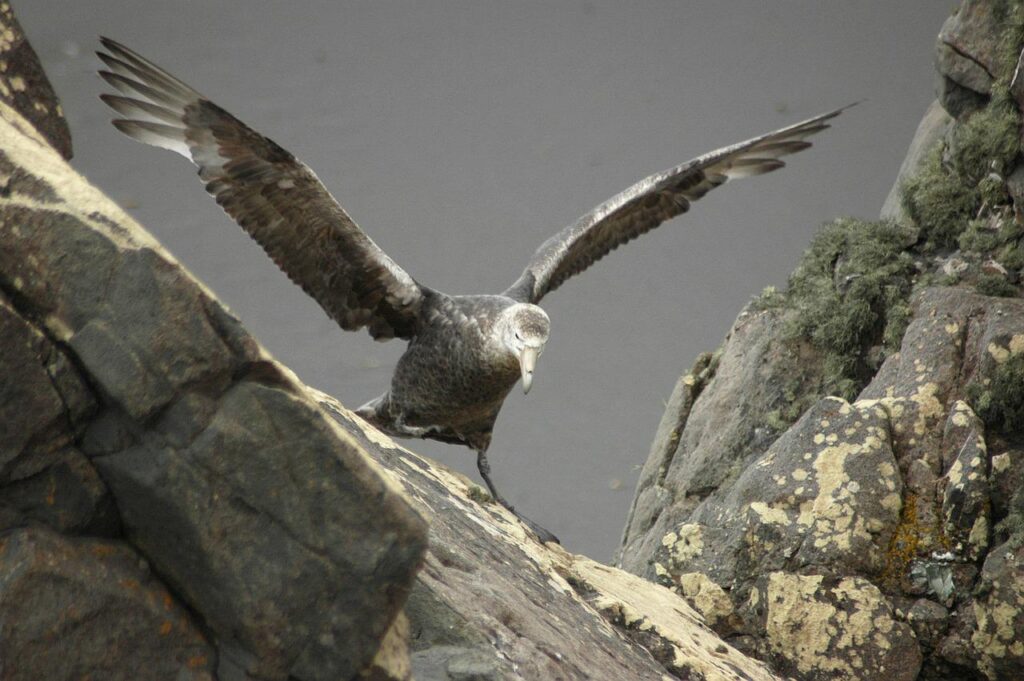
The blades of the newest CFM RISE engine will be flexible, allowing the engine performance to be more efficient while in cruise and then adjust during take-off and landing. This is in effect the same engineering fix, the flow of air over a body can be changed at different points when it is needed or not.
The Principle
The effect of cascades of wings unfolds only at a certain optimal setting. The one found was that which mimics the Stork wing. Boeing and Airbus wind tunnel tested variations of this and arrived at the lowest glide slope possible for their own wing design.
If you are someone investigating this issue for scholarly reasons, then you need to investigate two parameters – the coefficient of lift and the resistance coefficient.
Some of you might think that modern commercial aircraft have reached their nadir which points to an unchanged design. Long tube, wings, and podded underwing engines. We are here to say this is not true.
At least we hope it’s not true because we need better aircraft for our airlines. We need better engines, and we need new sources of power.

Mondly
Use the Best English App to Help Your Aviation Career Take Off
Fun, easy and effective language courses designed by language experts.
Learn 41 languages from your native language.
Anytime, anywhere, on any device.
Split Scimitar Winglet
The Split Scimitar winglets are named after a Sword that originated in the Middle East. They are an evolution of the Winglet design developed by Boeing and are available for the B737Max.
You can retrofit them on the older B737NB at a cost of USD $500,ooo per aircraft. The design further allows the efficient dissipation of wing vortices downward as well as upward. Delivering a huge 2% (yes that is huge) fuel saving across the life of the aircraft. It is developments like this that are crucial to aviation as we develop non-fossil based power sources.
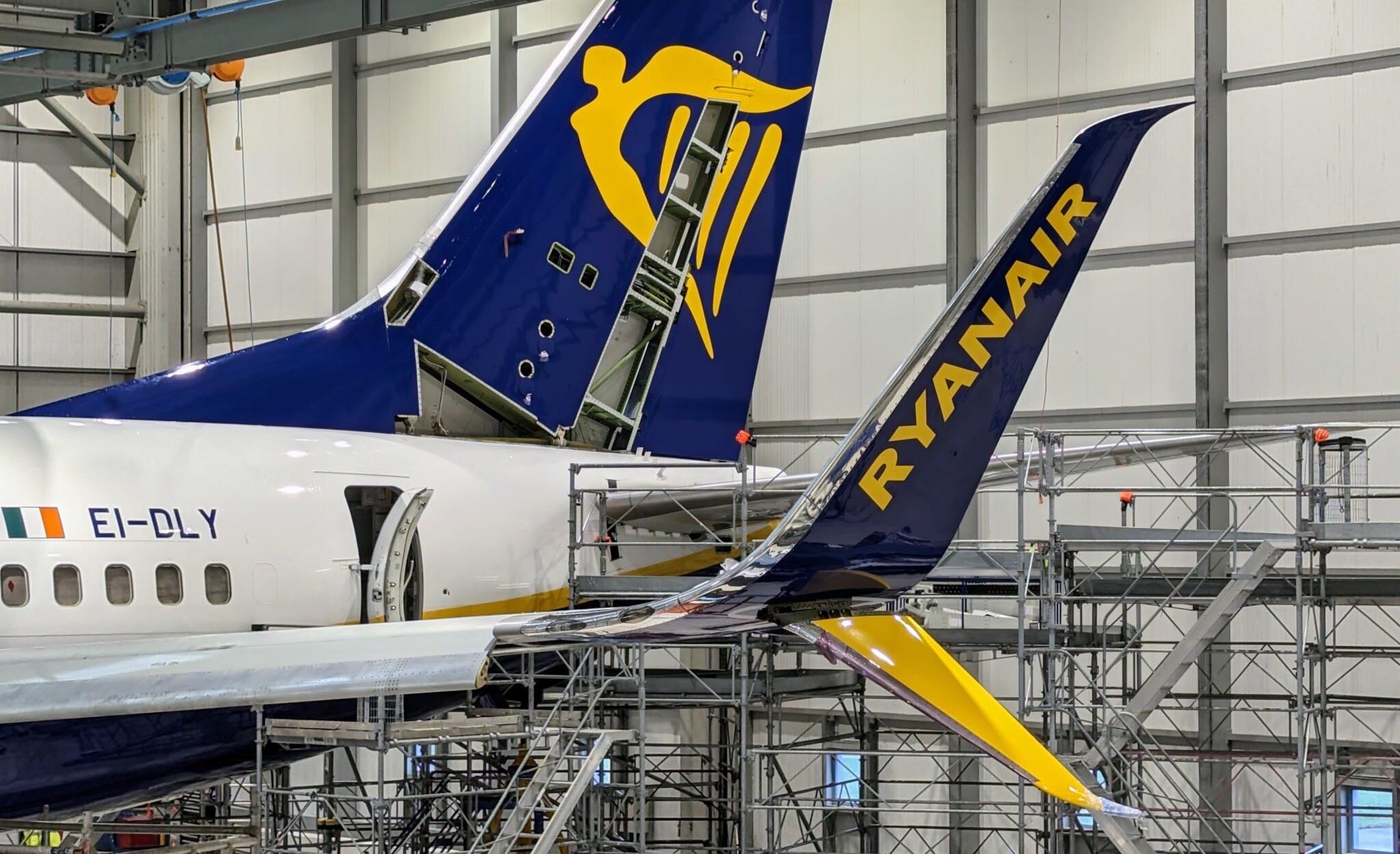
The best candidate is Hydrogen. Some would say the only candidate. Hydrogen demands a rethink of the aircraft wing. For long-haul flights especially and boy is this stuff good. It’s got four times more stored energy than Jet A1. But (and it’s a big but) it’s storage and use is a challenge. -235 Degrees temperature storage kind of challenge. That alone throws 75 years of aircraft design and development out the window.
So if you are a budding young aerodynamicist, we need you and a few hundred of your friends.

